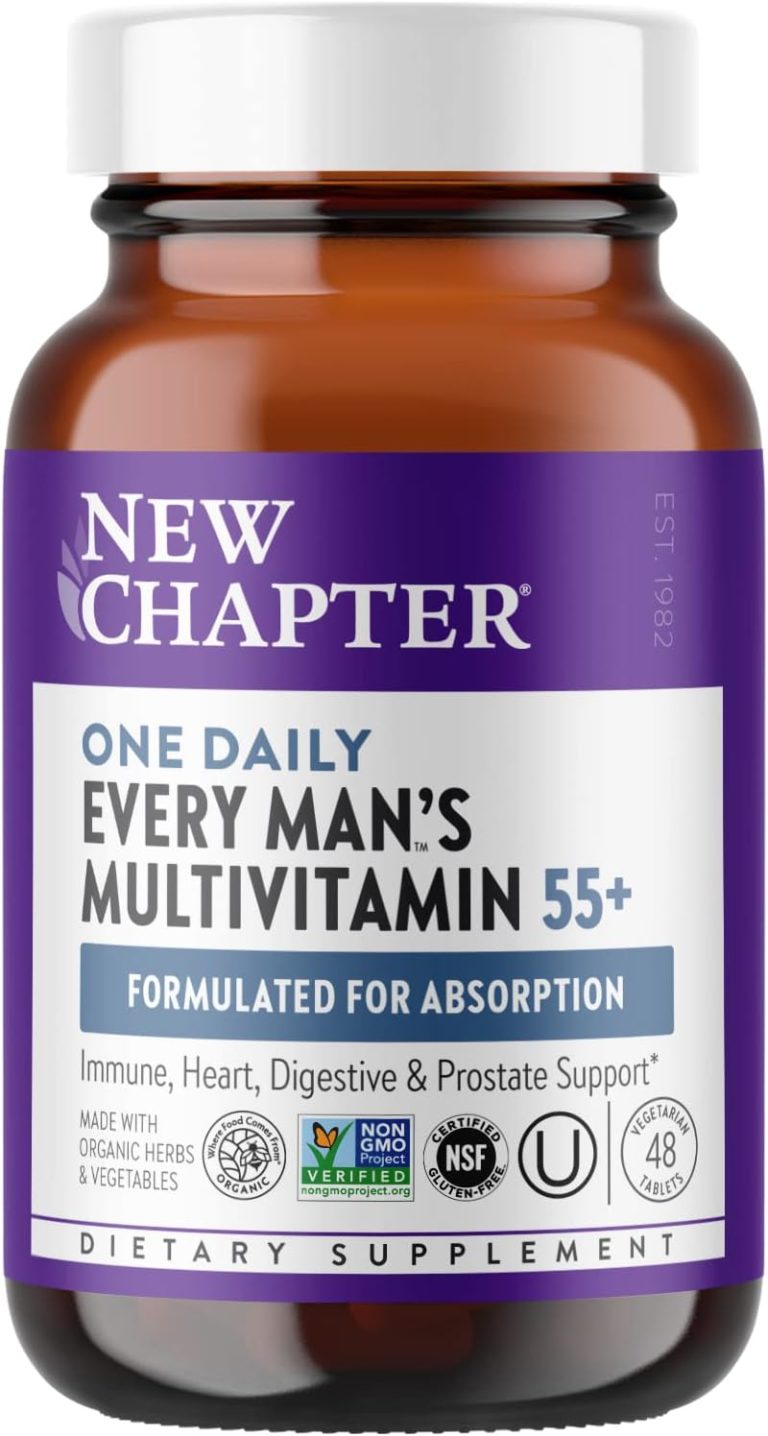Cardiovascular Exercises For Men
As an Amazon Associate I earn from qualifying purchases.
Are you a man looking to improve your cardiovascular health? If so, then this article is for you! In this informative piece, we will explore a variety of cardiovascular exercises that are specifically tailored to help men achieve optimal heart health. From running to swimming, we will discuss the benefits of each exercise and provide tips on how to incorporate them into your daily routine. So, get ready to get your heart pumping and start on the path towards a healthier you!
Importance of Cardiovascular Exercise
Cardiovascular exercise, also known as cardio, is instrumental in maintaining optimal heart health. Engaging in regular cardiovascular exercise can improve heart function, strengthen the heart muscle, and increase blood circulation throughout the body. By consistently raising your heart rate during cardio workouts, you can train your heart to work more efficiently, leading to a stronger cardiovascular system overall.
In addition to improved heart health, engaging in regular cardiovascular exercise has been shown to reduce the risk of various diseases. Conditions such as high blood pressure, heart disease, and type 2 diabetes can be prevented or managed with the help of regular cardio workouts. This type of exercise helps lower blood pressure, improve cholesterol levels, and regulate blood sugar levels, ultimately reducing the risk of developing these chronic health issues.
Another significant benefit of cardiovascular exercise is its impact on weight management. By engaging in activities that elevate your heart rate, you burn calories and promote weight loss. Regular cardio workouts can help you shed excess pounds and maintain a healthy weight. Additionally, cardio exercises enhance your metabolism, making it easier to control weight in the long run. So, if weight loss or weight maintenance is one of your goals, incorporating cardiovascular exercise into your routine is essential.
Choosing the Right Cardiovascular Exercise
When it comes to choosing the right cardiovascular exercise, several factors should be considered to ensure that it aligns with your fitness level, goals, and personal preferences.
First and foremost, consider your fitness level. If you’re new to exercise or have any health concerns, it’s important to start with exercises that are low impact and don’t put excessive strain on your joints. Gradually increase the intensity and duration of your workouts as your fitness level improves.
Identifying your goals is crucial in selecting the right cardiovascular exercises. If your goal is to improve endurance, activities such as long-distance running, swimming laps, or cycling long distances would be ideal. For those looking to build strength, incorporating bodyweight exercises, interval training, or circuit training into their cardio routine can be highly effective. If your priority is burning fat, high-intensity interval training (HIIT), steady-state cardio workouts, and incorporating resistance training would be beneficial. Finally, if you’re interested in improving flexibility, practices such as yoga, Pilates, or tai chi can provide the cardiovascular benefits you desire.
Lastly, it’s essential to choose cardiovascular exercises that you enjoy. When you engage in activities you find enjoyable, you’re more likely to stick with them long-term. Whether it’s running, swimming, cycling, rowing, or jumping rope, find activities that make you excited to lace up your sneakers and get moving.

Popular Cardiovascular Exercises for Men
When it comes to cardiovascular exercises, there are several popular options that are particularly well-suited for men. These exercises provide an effective way to raise your heart rate, improve overall fitness, and enjoy the numerous benefits of cardiovascular exercise.
Running is a highly popular cardiovascular exercise for men. It can be done virtually anywhere, requires minimal equipment, and offers a great way to challenge yourself both mentally and physically. Whether you prefer running outdoors or on a treadmill, it’s a fantastic choice for improving cardiovascular health.
Cycling is another excellent option for men. Whether you choose to hit the road or hop on a stationary bike, cycling provides a low-impact workout that targets your cardiovascular system while also engaging your leg muscles.
Swimming is a total-body cardiovascular exercise that is gentle on the joints. It offers a full-body workout and is particularly beneficial for men who enjoy being in the water. Whether you swim laps or engage in water aerobics, swimming offers a refreshing and effective way to get your heart pumping.
Rowing is an excellent choice for men looking to engage multiple muscle groups while simultaneously working on their cardiovascular fitness. Whether you row on an actual rowing machine or participate in a rowing class, this full-body workout will challenge your endurance and overall fitness.
Jumping rope is a simple yet highly effective cardiovascular exercise. Not only does it elevate your heart rate, but it also improves agility, coordination, and endurance. This portable exercise can be done practically anywhere and is a favorite among men who enjoy a challenging workout.
Creating a Cardiovascular Exercise Routine
To maximize the benefits of cardiovascular exercise, it’s important to create a routine that incorporates various factors such as warm-up and cool-down periods, exercise duration, and frequency.
Before diving into any cardio workout, it’s crucial to warm up your muscles and prepare your body for physical activity. A warm-up period of around 5-10 minutes should include light aerobic exercises like jogging in place or brisk walking. This helps increase blood flow, loosens up your muscles, and reduces the risk of injury.
After completing your cardio workout, it’s important to take some time to cool down. This allows your heart rate to gradually return to normal and helps prevent dizziness or lightheadedness. Similar to the warm-up, a cool-down period of around 5-10 minutes should consist of low-intensity exercises, such as slow walking or stretching.
Choosing the right exercise duration is crucial to ensure you’re reaping the cardiovascular benefits without overexerting yourself. It’s recommended to aim for at least 150 minutes of moderate-intensity aerobic exercise per week. This can be divided into multiple sessions throughout the week or longer sessions if you prefer. However, it’s important to gradually increase your workout duration to avoid pushing your body beyond its limits.
In addition to exercise duration, setting a frequency that works for you is essential. Consistency is key when it comes to cardiovascular exercise. Aim to engage in cardio workouts at least 3-5 times per week, but be sure to listen to your body and adjust the frequency based on your individual needs and fitness level.

Cardiovascular Exercises for Strength Building
While cardiovascular exercise is primarily known for its heart health benefits, it can also be effectively utilized for strength building. Incorporating specific techniques and exercises into your cardio routine can help you build strength and tone your muscles.
One effective way to incorporate strength building into your cardio routine is by including bodyweight exercises. Exercises like push-ups, squats, lunges, and burpees can be performed in between intervals of cardio exercises, allowing you to work on both cardiovascular fitness and muscle strength.
Interval training is another powerful method for building strength during your cardio workouts. This involves alternating between intense periods of activity and short, active recovery periods. For example, you can sprint at maximum effort for 30 seconds, then jog or walk for 1 minute to recover. This high-intensity interval training (HIIT) not only improves cardiovascular fitness but also helps build lean muscle and boost metabolism.
Circuit training is a combination of strength training and cardiovascular exercise that can be highly effective for strength building. By performing a series of exercises targeting different muscle groups with minimal rest in between, you can maximize your cardio and strength benefits in a single workout. For example, an intense circuit may include exercises like push-ups, squats, mountain climbers, and jumping jacks, performed in a cycle.
Cardiovascular Exercises for Fat Burning
If your goal is to burn fat, incorporating specific cardiovascular exercises into your routine can help maximize your results. These exercises focus on elevating your heart rate and increasing your calorie burn, ultimately aiding in fat loss.
High-intensity interval training (HIIT) is one of the most effective types of cardio for fat burning. HIIT involves short bursts of high-intensity exercise followed by periods of rest or low-intensity exercise. This repeated cycle helps to torch calories, increase your metabolic rate, and stimulate fat loss. HIIT workouts can be tailored to various activities, such as running, cycling, or even bodyweight exercises.
Steady-state cardio workouts are another effective option for fat burning. This type of cardio involves maintaining a moderate intensity throughout the exercise session. Examples include jogging at a consistent pace, cycling at a moderate resistance, or using an elliptical machine at a steady speed. While steady-state cardio may not burn as many calories as HIIT, it is still effective for fat burning and can be a sustainable option for those who prefer longer, less intense workouts.
Incorporating resistance training into your cardiovascular exercise routine can also aid in fat burning. By adding weights or resistance bands to your workout, you increase the intensity and challenge your muscles, leading to greater calorie burn and fat loss. Activities such as weightlifting, kettlebell exercises, or using resistance machines can be combined with cardio exercises for a comprehensive fat-burning workout.
Cardiovascular Exercises for Endurance
Endurance is an important aspect of cardiovascular fitness, especially if you participate in activities that require sustained effort over long periods. These endurance-focused cardiovascular exercises help improve stamina and maximize your ability to perform prolonged physical activities.
Long-distance running is a classic endurance exercise that challenges your cardiovascular system and builds endurance. Whether you’re training for a marathon or simply enjoy exploring new running routes, long-distance running helps increase lung capacity, strengthen your heart, and improve overall endurance.
Swimming laps is another excellent option for enhancing endurance. The resistance of the water and the need to use multiple muscle groups simultaneously make swimming a highly effective cardiovascular exercise. Regular swimming sessions gradually increase lung capacity, improve cardiovascular fitness, and enhance overall endurance.
Cycling long distances, whether outdoors or on a stationary bike, is an endurance-building exercise that targets the lower body while offering a great cardiovascular workout. Pedaling at a consistent pace for extended periods helps strengthen leg muscles, improve cardiovascular health, and build endurance.
Cardiovascular Exercises for Flexibility
While flexibility is not often associated with cardiovascular exercises, there are certain activities that combine cardiovascular benefits with increased flexibility. Engaging in these exercises helps improve overall mobility, range of motion, and muscle flexibility.
Yoga is a popular practice that combines breath control, meditation, and various physical postures. These postures, known as asanas, are performed in a slow and controlled manner, providing a gentle cardiovascular workout while simultaneously improving flexibility and balance.
Pilates is another exercise method that focuses on core strength, flexibility, and overall body control. While it may not elevate your heart rate as much as traditional cardiovascular exercises, it still provides a moderate cardiovascular workout and enhances flexibility through controlled movements.
Tai chi is a Chinese martial art that combines slow, flowing movements with deep breathing and relaxation techniques. Although it may not provide the same cardiovascular intensity as running or cycling, tai chi promotes cardiovascular health while enhancing flexibility, balance, and overall well-being.
Supplementary Equipment for Cardiovascular Exercises
While cardiovascular exercises can be performed without any equipment, adding certain pieces of equipment can enhance your workouts and provide additional resistance or variation. Here are some popular equipment options for cardiovascular exercises:
Treadmills are a versatile piece of equipment that allows you to walk, jog, or run indoors. They offer various settings and incline options to challenge your cardiovascular system and simulate different terrains. Treadmills can also provide valuable workout data, such as distance covered and calories burned, helping you track your progress.
Stationary bikes are a convenient way to engage in cardiovascular exercise without leaving your home. They offer adjustable resistance levels and workout programs to suit various fitness levels, making them ideal for people of all abilities. Stationary bikes can provide an effective cardiovascular workout while minimizing impact on your joints.
Elliptical machines are another low-impact option for cardio workouts. These machines simulate the motion of running, cycling, and stair climbing, providing a full-body workout without placing excessive strain on your joints. Elliptical machines offer adjustable resistance and incline settings, allowing you to tailor your workout and challenge your cardiovascular system.
Safety Tips for Cardiovascular Exercises
While cardiovascular exercises offer numerous benefits, it’s important to prioritize safety to prevent injuries and ensure a successful workout. Here are some safety tips to keep in mind when engaging in cardiovascular exercises:
Consulting a healthcare provider is crucial before starting any new exercise program, especially if you have any underlying medical conditions or concerns. Your healthcare provider can assess your current health status and provide guidance on the most suitable exercises for you.
Wearing appropriate footwear is essential to support your feet, ankles, and knees during cardiovascular exercises. Invest in well-fitting shoes that provide proper cushioning and support to minimize the risk of sprains or injuries.
Using proper form and technique is essential for injury prevention and effective workouts. Instructors or trainers can help guide you in performing cardiovascular exercises with correct form, ensuring you engage the correct muscle groups and minimize the risk of strain or injury.
Listening to your body and knowing your limits is crucial during cardiovascular exercises. Pushing yourself too hard or ignoring pain signals can lead to injuries or overexertion. Be mindful of your body’s signals and adjust your workout intensity or duration accordingly.
In conclusion, cardiovascular exercises are integral to overall health and well-being, providing a range of benefits including improved heart health, reduced risk of diseases, and weight management. By considering factors such as fitness level, goals, and personal preferences, you can choose the right cardiovascular exercises for your needs. Whether you’re looking to build strength, burn fat, improve endurance, or enhance flexibility, there are exercises and techniques tailored to each goal. With proper planning, safety precautions, and consistency, you can embark on a cardiovascular exercise routine that will have a positive impact on your physical and mental health.
Amazon and the Amazon logo are trademarks of Amazon.com, Inc, or its affiliates.






